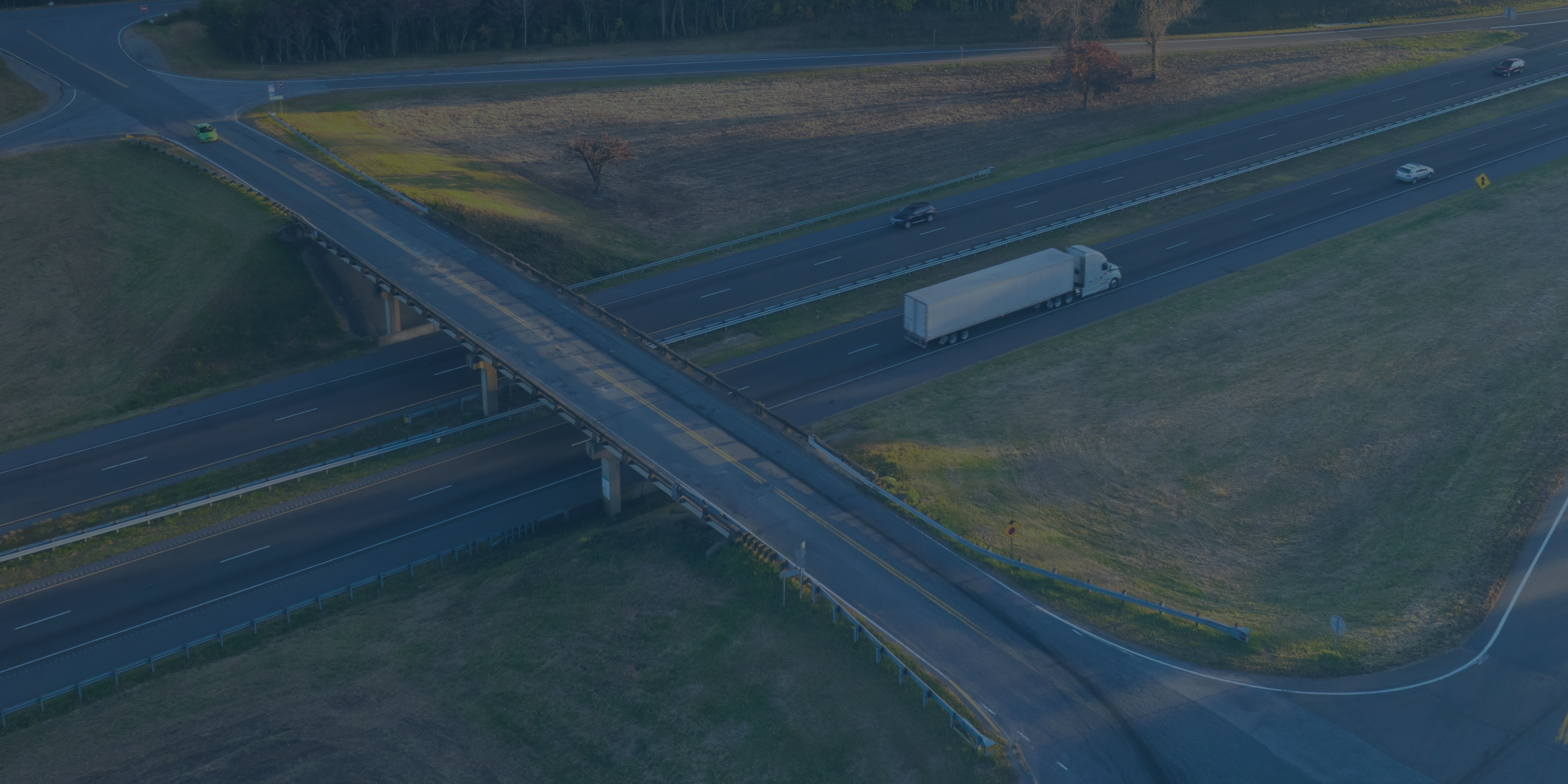The Multi-TSP Advantage That's Reshaping Commercial Auto Insurance
Arissa Dimond

A goldmine of data exists for commercial auto insurers, and most don’t have access to it. With 65% of commercial fleets operating with multiple telematics providers that generate millions of data points, insurers only see a fraction of it.
The 2024 SambaSafety Telematics Report mentions that fleets with over 1,000 owned vehicles have two or more telematics service providers (TSPs), yet commercial auto insurers generally only have data visibility into one TSP—if any.
This single-source, siloed information creates a data plateau that leaves gaps in the risk assessment process. Those gaps cost the commercial auto market billions in mispriced policies and opportunities, and make insurers less competitive in the market to other insurers who have offerings with more than one TSP.
To overcome this data plateau, insurers must answer the question, “How do we scale our telematics program?”
The Problem with Single-TSP Programs for Insurers
Commercial auto insurers widely understand the telematics opportunity. While 82% have adopted some level of telematics, the challenge lies in scaling these programs effectively.
Our research highlights that only 40% of respondents actively use telematics within their department, revealing a glaring gap between organizational adoption and operational implementation.
The issue isn’t just policyholder resistance. Fleet managers understand and have adopted telematics to assess driver risk, optimize routes and monitor vehicles, along with other use cases. The issue is that insurers typically only have access to data from whichever TSP the policyholder originally agreed to share with them.
Fleets often leverage multiple TSPs, so when insurers rely on telematics data with only partial fleet coverage, they leave out a significant portion of valuable risk information for underwriting, loss control and claims teams, despite being collected daily. This lost opportunity creates a fundamental growth challenge for commercial auto insurers looking to expand their telematics data programs.
As important as it is to understand this challenge, it’s equally important for insurance leadership to recognize when a telematics program has hit the data plateau. Here are some indications:
- Limited data sharing despite high policyholder telematics adoption
- Internal teams (underwriting, loss control) request more comprehensive risk data
- Competitors are winning business with better risk insights
With fleets operating with multiple TSPs, each generating valuable risk data, there’s a massive opportunity for commercial auto insurers to overcome the communication hurdle and scale their telematics programs.
A Case for Multiple Telematics Service Provider Data
The case for multi-TSP data isn’t complex. It represents a shift for insurers to scale their telematics programs towards more comprehensive risk profiles and nuanced assessments that integrate more variables indicative of risk.
The conditions of the commercial auto insurance market alone justify necessary action from insurers. With loss ratios consistently above 100, the industry can no longer afford to keep the status quo.
Nearly 64% of fleets don’t share telematics data with their insurers. This untapped data represents a competitive blind spot that contributes to a growing profitability issue for commercial auto insurers.
With new data that was once hidden, even the smallest improvements in risk selection or pricing accuracy could translate to improved profitability across the industry. Across the insurance value chain, tangible benefits come from additional data from more TSPs. A few include:
- Better underwriting data, better pricing
- Improved portfolio selection
- Enhanced claims data provides context for settlements
- Comprehensive risk profiles to offer loss control
Each of these benefits amplifies the others and can help insurers stay competitive in a market that’s becoming increasingly commoditized. The ability to offer commercial fleets more accurate pricing and better risk management services creates sustainable differentiation among competitors.
Cracking the multi-TSP data code can give insurers a new advantage that can attract new business and help retain existing policyholders. However, to crack the code, insurers need to get their fleets on board to share.
Key Barriers to Accessing Additional Telematics Data
Are commercial auto insurers capable of handling more telematics data? The data from SambaSafety suggests that insurers need to address two key barriers to breaking the data plateau.
1. The ability to process large amounts of data is a necessary evil that insurers, for the most part, may be unable to handle. Only 25% of insurers categorize themselves as capable of handling large amounts of telematics data. This underscores the growing sense that insurers are falling behind and must expand their capabilities, training and resources to adopt new data sources.
2. Trust and communication between insurers and policyholders remain one of the biggest barriers to data sharing. This is not necessarily because fleets are unwilling, but because 74% of them haven’t been asked to share more data.
Insurers can start the conversation around data and telematics at any time, but the most effective ones will be those who start at the beginning by delivering transparency and value.
Policy statements around data usage and privacy aren’t enough; the value proposition must be swift and tangible. Our advice? Demonstrate value before asking for data. This value could be in the form of discounts, benchmarking reports or tailored risk management recommendations.
With benefits and value clearly stated, fleets may be more willing to share other TSP data sources with their insurer—building the relationship and giving the insurer a competitive edge in the market.
Making Sense of More Telematics Data
Over 33% of insurers categorize themselves as having data infrastructures that would need enhancements, highlighting some of the technical challenges of multiple TSP integration.
However, it’s solvable.
Data standardization—different providers, formats, standards and frequencies—is a glaring issue for insurance companies. What one telematics provider calls harsh braking might be defined differently by another.
Aggregation is a means of solving the problem. Platforms like SambaSafety normalize telematics data through APIs to deliver insurers consistent, analysis-ready information. As insurers identify policyholders utilizing multiple TSPs and engage them to access that data, implementation should be phased to provide valuable learning opportunities before expanding.
Remember, scaling a telematics program isn’t just about upgrading tech—it’s organizational. Internal change management is equally important when more data is involved.
Leadership is responsible for equipping and empowering teams from underwriting to risk management with the resources or workflows necessary to succeed in their role.
Make the Telematics Aggregation Move
While traditional commercial auto insurers continue the debate over telematics strategies, others are already building multi-TSP capabilities that will define the market and fleet economy.
Single telematics provider data poses limitations for insurers that will leave them competing to price in a commoditized market. Data from multiple sources allows insurers to price accurately, offer better risk management services and provide value that drives retention.
The data is there, and policyholders are willing to share it. With the right technology partner, the data plateau is easy to overcome. For over three decades, across multiple countries, SambaSafety’s data aggregation solution connects to multiple TSPs, normalizes the data and delivers actionable insights that turn the challenge of overwhelming data into a competitive advantage.
Explore your telematics program strategy with SambaSafety’s experts today to accelerate and maintain your competitive edge in the commercial auto insurance market.



